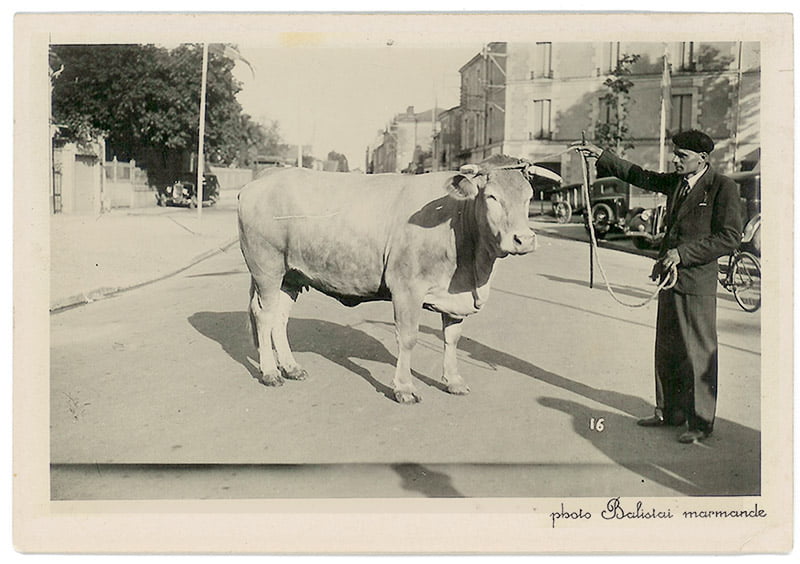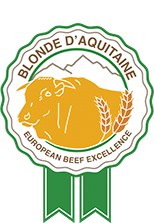History

A long story about
The ancestor of the Blonde d’Aquitaine is the Bos Aquitanicus which gave rise to wheat-colour coated bovines with light-coloured mucosae that were widespread in the south-west of France.
In the XVII century, the first agronomists and foreign travellers remarked their exceptional size and strength, particularly useful in the fields and along towpaths.
Towards the 1850s, the first oxen descending from these local populations stood out at a butchery competition in Poissy.

The name Blonde d’Aquitaine is created
As zootechnics further developed at the end of the XIX century, three different bovine populations – the Garronaise, the Quercy and the Blonde des Pyrénées, all listed in Herd Books between 1898 and 1920 – were singled out. Between the two World Wars, breed selection activities were carried on, but in the 1950s a decline in the number of animals was registered as a result of the devastating effects of World War II as well as of mechanisation, and these bovines were especially employed as draft animals.
Following a government policy aimed at boosting beef production and genetic improvement, Raphaël Trémouille, a vet and local political representative, after lengthy discussions finally managed to merge the three cattle breeds. The merger took place in two steps. First, the Garronaise and the Quercy were merged in 1961, then the Blonde des Pyrénées joined them in 1962.
From that moment on, the name “Blonde d’Aquitaine” has been used and the breed selection has been directed at meat quality. In 10-15 years, this local cattle breed coming from the south-west of France has spread across the whole national territory and has been exported abroad.
Would you like to help us?
Grant us 5 minutes of your time and fill out this short survey. Thank you!





